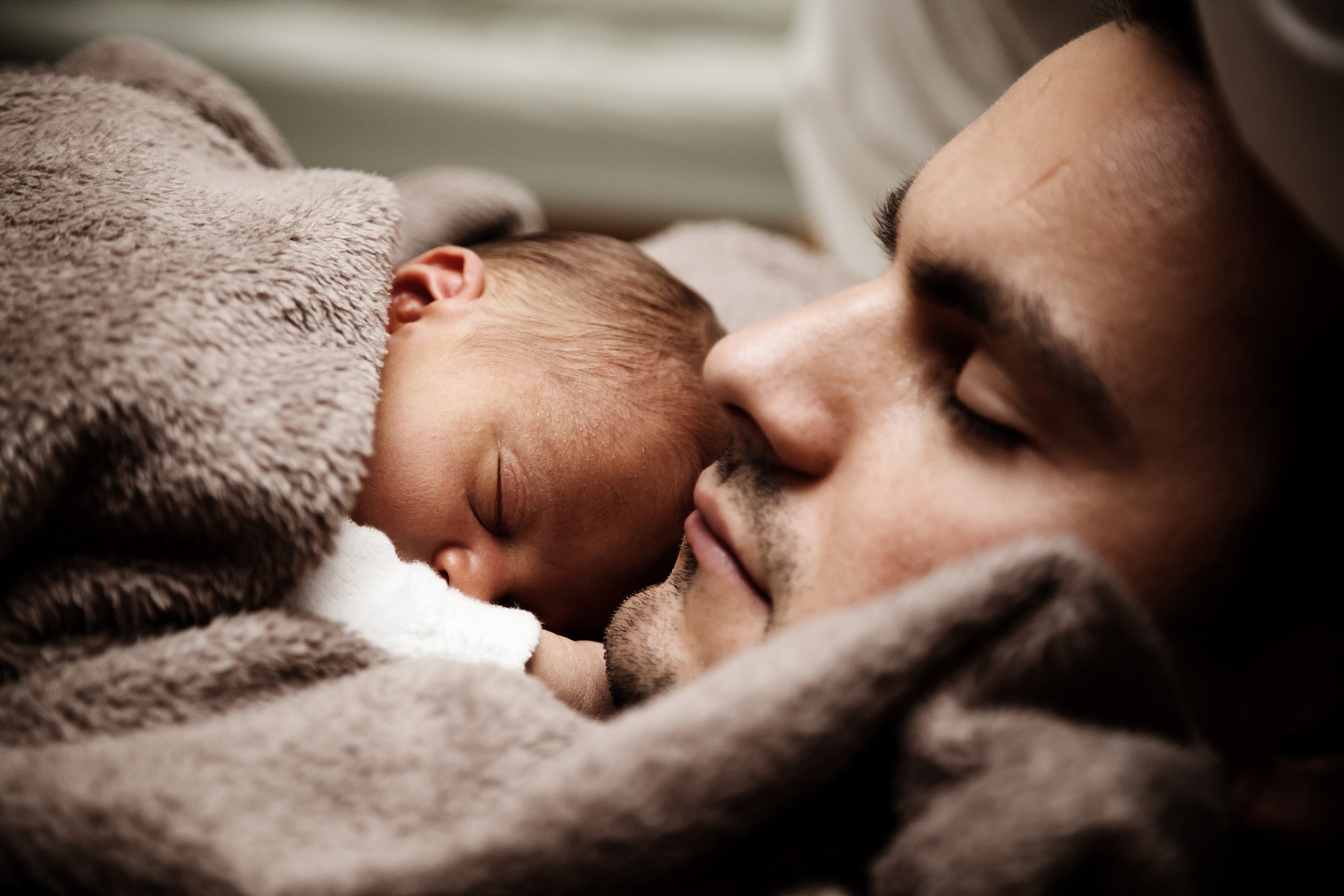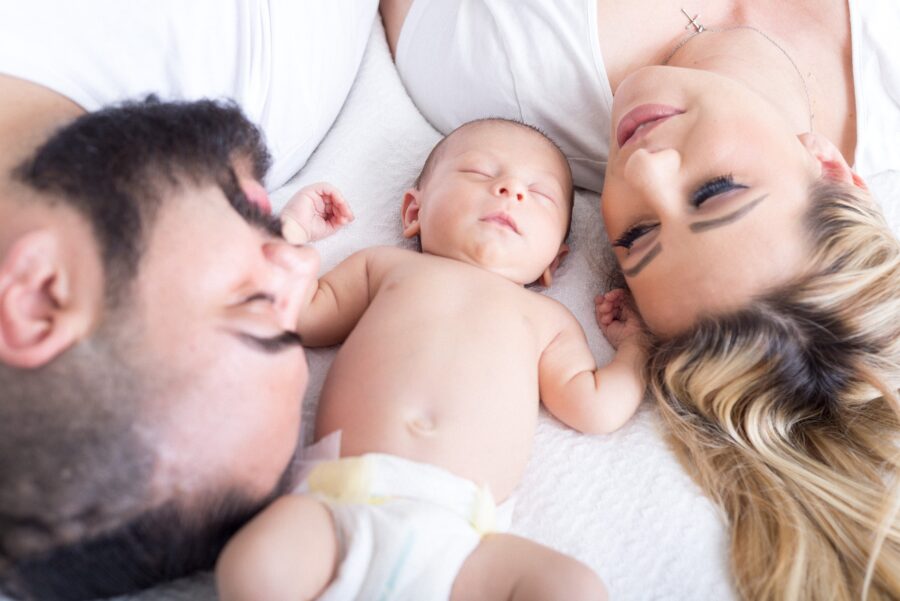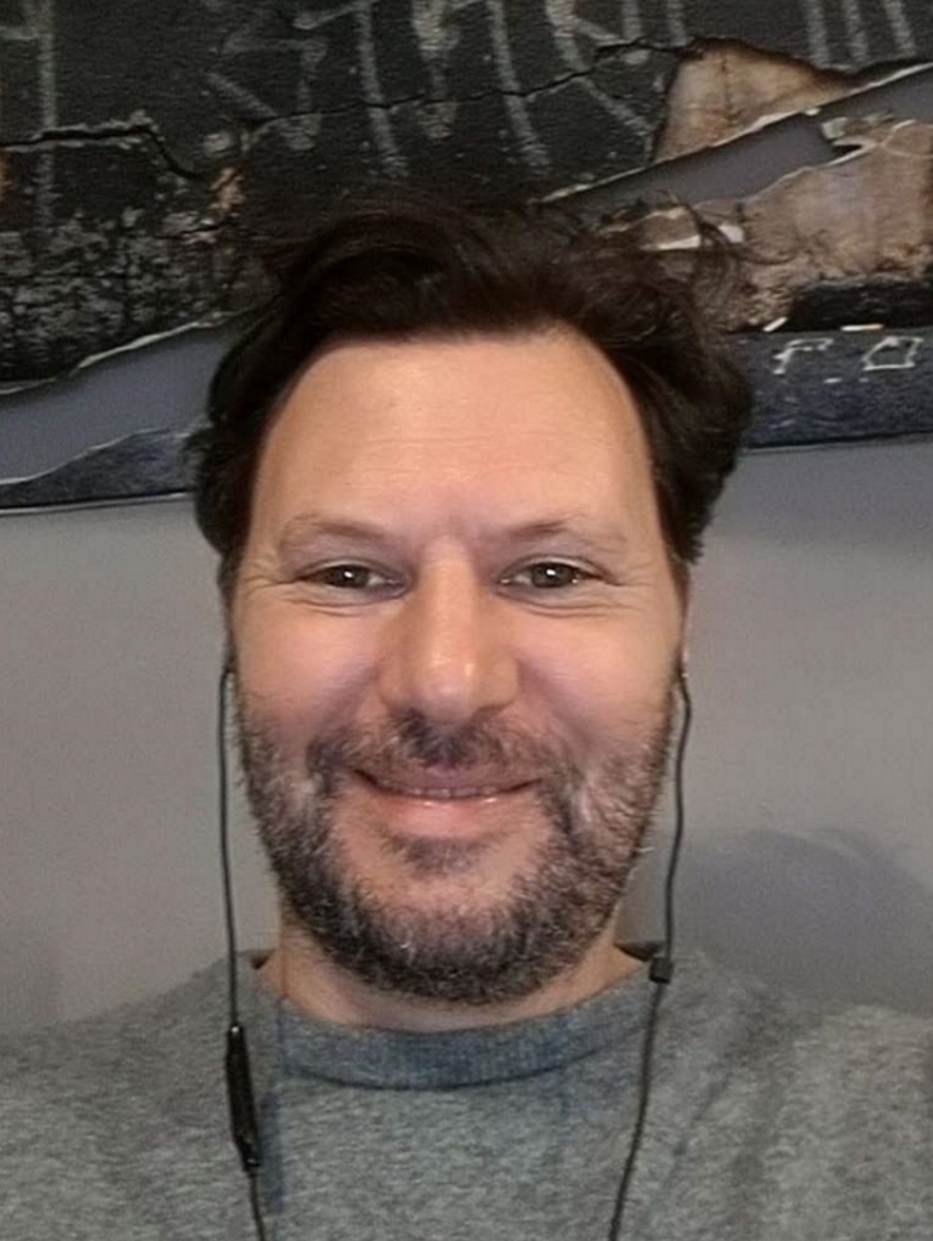
Evidence shows that the first six months of life are critical in forming strong, and healthy attachments with family, friends and lovers in adulthood.
Being aware of your attachment style can help you to challenge your insecurities. The insights empower you to develop new patterns of attachment and nurture loving and fulfilling relationships.
Attachment theory primarily focuses on the connection between an infant child and the primary caregiver. This is typically the mother but, there is also a correlation between the relationships a newborn has with their father in the first years of life.
A child’s life is, of course, influenced by other people outside the parental dyad; siblings, grandparents, aunts, uncles, cousins, teachers and peers. And let’s not forget TV, of course, particularly Uncle Disney.
Whilst research shows that peers have a greater influence than our parents when it comes to patterns of behaviours and attitudes, how we interact with our peers (particularly during adolescence) is largely determined by the formative years of life.
Subsequently, the first part of your healing journey should start with identifying your attachment style. Attachment theory helps you to understand some of your behaviours and motivations in your relationships.
Attachment theory was developed by the British psychoanalyst, John Bowlby and the American-Canadian developmental psychologist, Mary Ainsworth.
Although Bowlby and Ainsworth worked independently of one another, they reached the same conclusion; a child needs to develop a close emotional relationship with at least one primary caregiver in the first six months of life – either a caring mother or a caring father; preferably both.

This has led psychologists to recognise that the emotional support we receive from our parents is important for children to develop the social and emotional intelligence we grow up with and often carry into adulthood.
Attachment is classified as a deep emotional connection that enables us to develop strong emotional relationships with people. The attachment style we develop as children often determines how we might function in our adult relationships; particularly intimate relationships (lovers and close friends).
When a child shares a strong emotional bond with their parents it builds a secure attachment. This makes them feel safe and gives them the foundation to build a positive worldview and a positive attitude towards life.
When children share a weak emotional relationship with their parents it leads to an insecure attachment. Individuals with insecure attachment styles are predisposed to develop insecure attachments in future relationships. Adults that fall into this category typically display a negative mindset and generally operate from a fear-based centre.
Parents can determine if they have a strong or a weak emotional attachment to their infant by the child’s reaction to them when they return from a period of absence (of a few hours or more). For example, an emotionally intact child will stop playing to greet their mother or father when they come home but then will return to playing.
A child with an insecure attachment will either ignore the parent and continue playing or greet the parent and may show signs of clinginess. Clinging means the child needs your attention to give them care, support and protection. These factors are a child’s fundamental need to develop emotional security. Here are some useful strategies.
Emotional responses are reactions to separation from a primary caregiver. When the emotional attachment between a primary caregiver is strong, we grow up to be positive and confident adults. We feel safe in the world and have the independence to explore the world and maintain emotional connections with others.
Adults that did not receive strong emotional bonding with their parents develop insecurity which could develop as anxiety and/or depression. Individuals that fall into this category display patterns of behaviour that are fuelled by a lack of confidence and trust. They may be reserved and avoid social interaction.
Bowlby identified four types of attachment:
You will have a secure attachment style as an adult if you were raised in a loving environment and attended to in good time by your mother (or other primary caregivers). Children with a secure attachment style feel comfortable around their parents and are more likely to tell the truth when they have been naughty or broke something in the house.
The behaviour of a child with secure attachment is generally good. You will have been obedient, reacted in a positive manner to parental requests, and explored your environment with confidence when your parents were present. When your parents were around your general characteristics would have been happy, secure and comfortable.

If you felt stressed when your parents were not around, like your first days at nursery, you would have immediately become restless, anxious and upset. But when either of your parents returned you would be happy again.
Secure children typically grow up to become secure adults (unless you experience emotional trauma and develop PTSD.) You have a positive self-image and show qualities associated with the healthy Caretaker archetype; empathy, trust, warmth, forgiveness and the capacity to set personal boundaries.
In an intimate relationship, you allow your partner to depend on you, but also depend on your partner when they need help or emotional comfort. It’s a two-way street without feeling the need to be a people-pleaser. Rather you are a person that pleases (healthy Lover archetype).
In other words, you can be dependent and independent in a loving relationship. This lays the ground for accepting your partner’s need to be alone without feeling rejected or lonely because they are not spending time with you.
When you have a secure attachment style, you can manage your emotions and communicate openly about your feelings. Although you’re typically sensitive and warm by nature, you’re not afraid to share how you feel even if this leads to a conflict.
Conflicts can actually make the emotional bond in a relationship stronger – plus you learn something about yourself and your lover also understands your emotional needs (and may even learn something about themselves).
If your parents were unavailable to you as a child – either physically or emotionally – you probably developed an attachment style that is categorised as an anxious-ambivalent attachment, also known as anxious-resistant insecure attachment.
This attachment style typically develops if your parents were inconsistent in their behaviour towards you. For example, sometimes they would engage with you and respond to your needs, but other times they would be unavailable or distracted and waved away when they were preoccupied.
Children that fall into this category seek to control interactions with their parents to retain their attention. They are generally reluctant to independently explore their environment when their parents are present and when they are separated from their parents become extremely distressed.
When the child with anxious-ambivalent attachment is reunited with their parents, they can become angry, resist contact and refuse to settle down. This is because of inconsistent and unpredictable communication that makes the child feel rejected, unloved and uncared for.
As adults, people in this category have low self-esteem. If you crave closeness and constant reassurance to feel accepted and loved, then you have an anxious-ambivalent attachment style. You typically yearn for an intimate relationship to fill the emotional void that has been left by your lack of inner security and the capacity to feel comfortable in the company of others.
Your negative self-image and lack of self-acceptance can damage relationships. Self-doubt plagues you with thoughts about whether your partner loves you, or whether your friends respect you. You live in constant fear of rejection and can appear needy.
When you do feel rejected your behaviour is often unpredictable and sometimes erratic (unhealthy Hero). You’re inclined to do something stupid or seek comfort in addictive or destructive behaviour.
Adults with an anxious resistant insecure attachment style tend to be clingy. You take things personally when your partner is in a mood and have a hyperactive emotional status. Your insecurity and erratic behaviour often push your partner away.
Ultimately, the fear of rejection, anger and pain has a negative effect on your intimate relationships. Your irrational fears of rejection, anger and pain become a self-fulfilling prophecy.
You can determine if you have an anxious-ambivalent attachment style if you show symptoms of being overly controlling, angry and blaming others rather than accepting responsibility for your own actions (unhealthy Hero).
You also tend to be argumentative and have low personal boundaries (people pleasing, allowing yourself to be bullied or dominant, feeling guilty when you do things for yourself etc).
The anxious-avoidant attachment style typically surfaces in adulthood if you were not so close with your parents in during your formative years. Children that are disciplined for expressing emotions that are considered “unacceptable behaviour” learn to suppress their emotions – which can have devastating consequences. This is tantamount to emotional abuse.
If you were often reprimanded and disciplined as a child, you probably didn’t feel secure in the company of your parents. You may have even been fearful of them. If you fall into this attachment style, you probably felt more comfortable and less distressed when your parents are not around (or at least the parent you feared). Children in this category tend to ignore their parents and may seek out ways to avoid them as they get older.
People that identify with an anxious-avoidant attachment style typically grow up to be emotionally withdrawn. You tend to avoid emotional connections, don’t feel comfortable getting too “close” and are afraid to commit to an intimate relationship. You have a negative self-image and tend to avoid social activities and intimacy. You typically prefer to engage in solitary pursuits.

However, withdrawing from society also means you don’t give yourself the opportunity to develop positive emotional management skills. Subsequently, you are more inclined to be critical, and intolerant, stick to concrete beliefs and ensure pain or hardship without expressing your feelings to others (unhealthy Sage).
From a positive point of view, this attachment style prompts you to be self-sufficient. You are able to handle a crisis with aplomb and can take charge in difficult situations – provided you are not at the centre of the conflict. In that scenario, you’re more likely to run away (unhealthy Creator).
Self-sufficiency, however, can backfire. If you prefer independence over intimacy, you are predisposed to rejecting intimate relationships because you fear abandonment and rejection. You are uncomfortable or feel overwhelmed by emotion when you do make a connection with somebody.
In a relationship, avoidant types do not rely on other people and do not allow your partner to be dependent on you. You avoid any sort of communication that involves expressing how you really think and feel and avoid conflict by isolating yourself and pretending that nothing happened (unhealthy Creator).
However, at some point, your emotions have to be extinguished because suppressed emotions cannot be retained internally forever. If you are prone to outbursts, especially when you’re stressed, your attachment style is anxious-avoidant. You need to learn to be comfortable in expressing how you feel about circumstances that arise in your relationships.
Adults with a disorganised attachment generally have or had, parents that were inconsistent in their behaviour towards you. This causes mixed feelings for your parent whom you see as a source of comfort and fear. The fear is due to maltreatment; usually through physical and emotional abuse. This causes a form of severe emotional insecurity.
Individuals that fall into this category of attachment mostly feel unhappy, dazed and disoriented. You do not feel secure in the presence of your parents and often display disorderly behaviour.

Adults that develop a disorganised attachment style have a negative self-image, lack trust in others and typically end up in a toxic relationship. They are also insensitive, argumentative and aggressive. Research shows that in many cases, abused children develop into adults who abuse or will be abused as an adult.
Your desperation for emotional insecurity can make your behaviour chaotic. Because you’re unable to regulate your emotions, your relationships are often dysfunctional and turbulent. You struggle to adapt to intimate relationships because you’re emotionally detached and uncomfortable with closeness.
Disorganised attachment often leads to anti-social behaviour and narcissistic tendencies. Your inability to show empathy or remorse can make you feel even more detached from society. People with this attachment style have a higher risk of indulging in substance abuse, criminal behaviour and depression.
By understanding your attachment style, you can work at understanding how your repressed emotions impact your current relationships and lifestyle. If you have any of the three insecure attachment styles, seek professional help and delve into your unresolved emotional issues.
The archetypes tool developed by Master Mind Content can help you do this because it highlights healthy and unhealthy behaviours you either need to transform or integrate.
When you bring unconscious content into conscious awareness, you will be able to work on improving the interactions you have with your friends and partners. Self-knowledge empowers you to improve your emotional connection with the people closest to you, nurture meaningful relationships and subsequently develop a secure attachment style.
